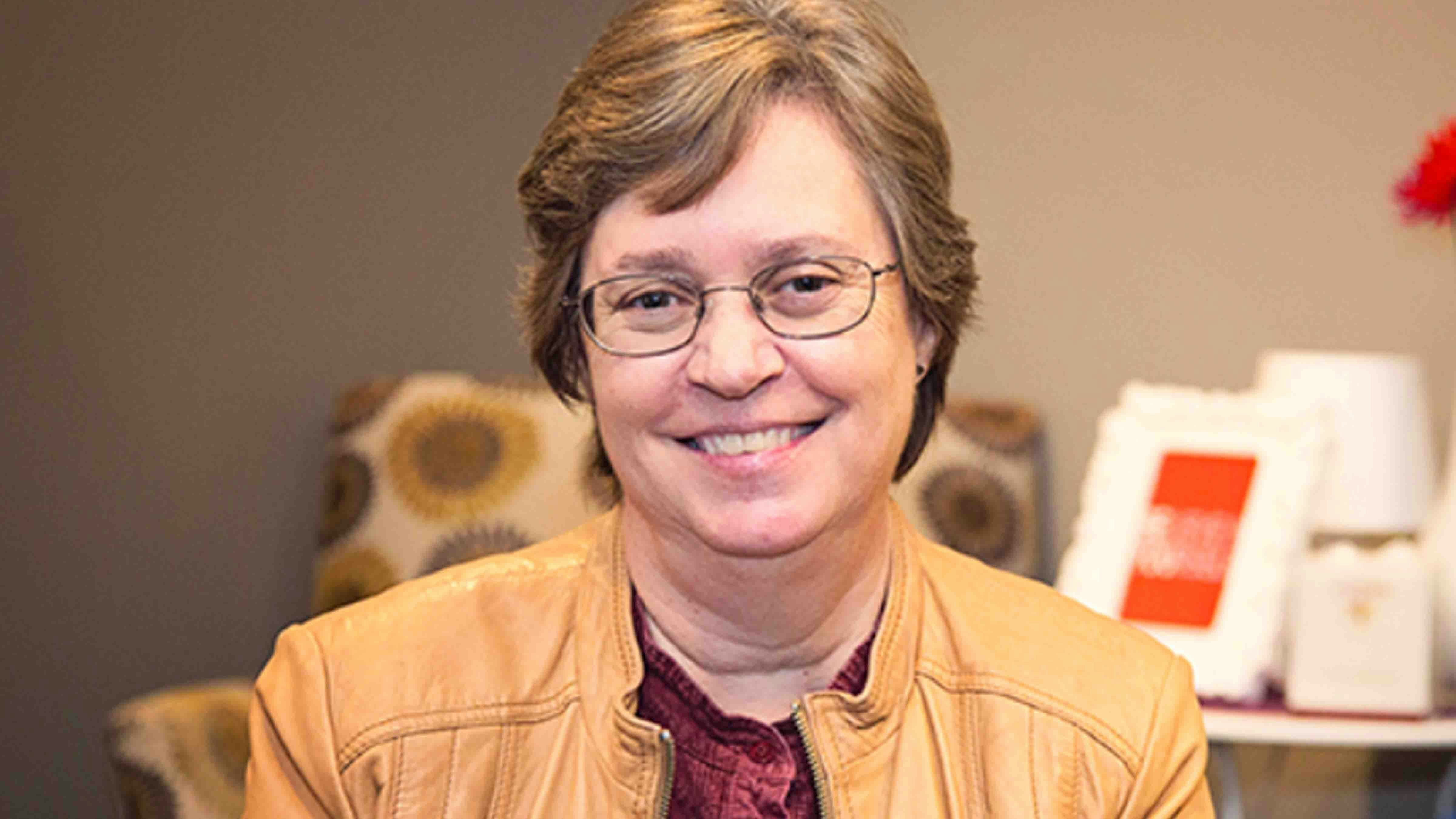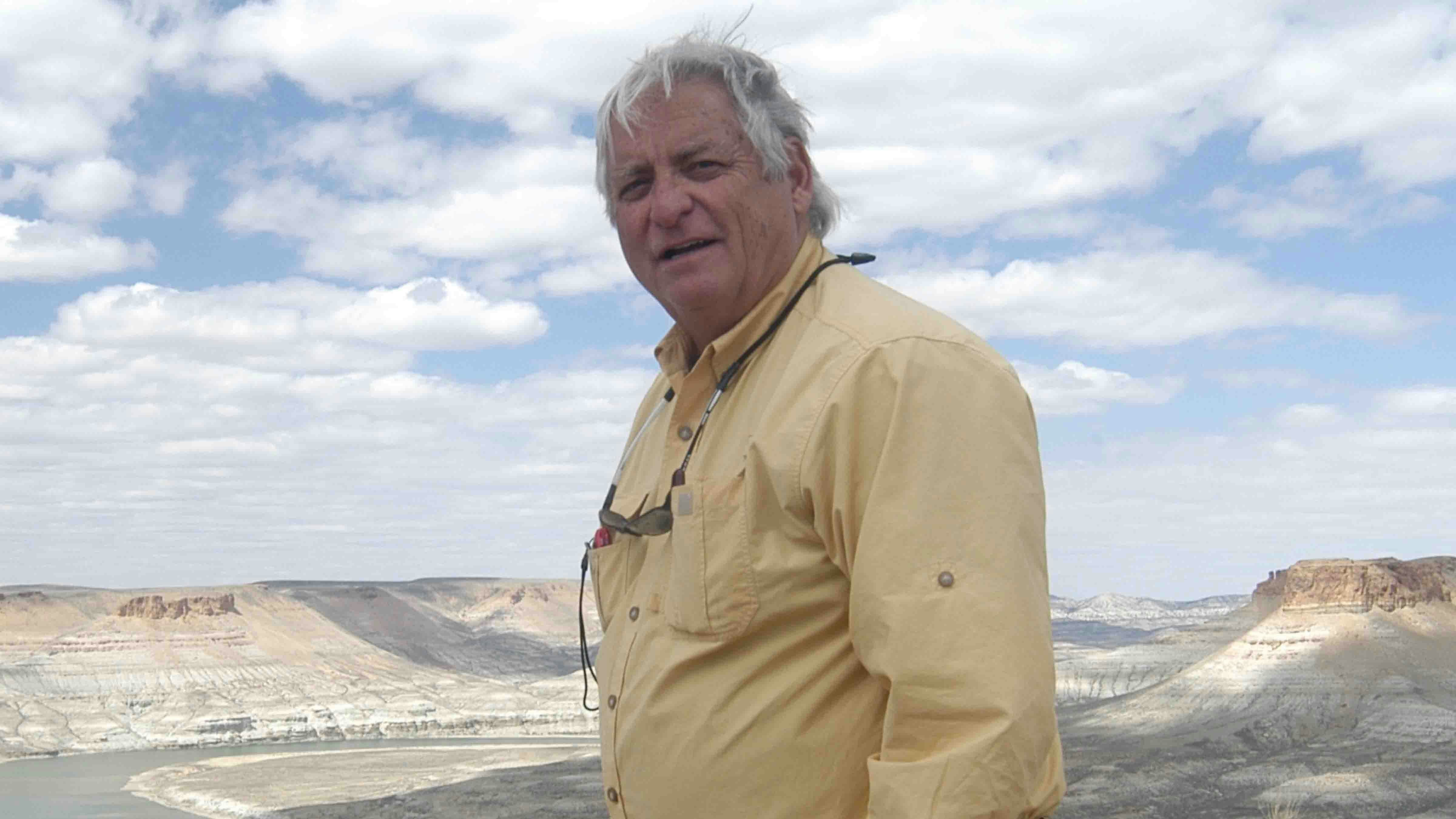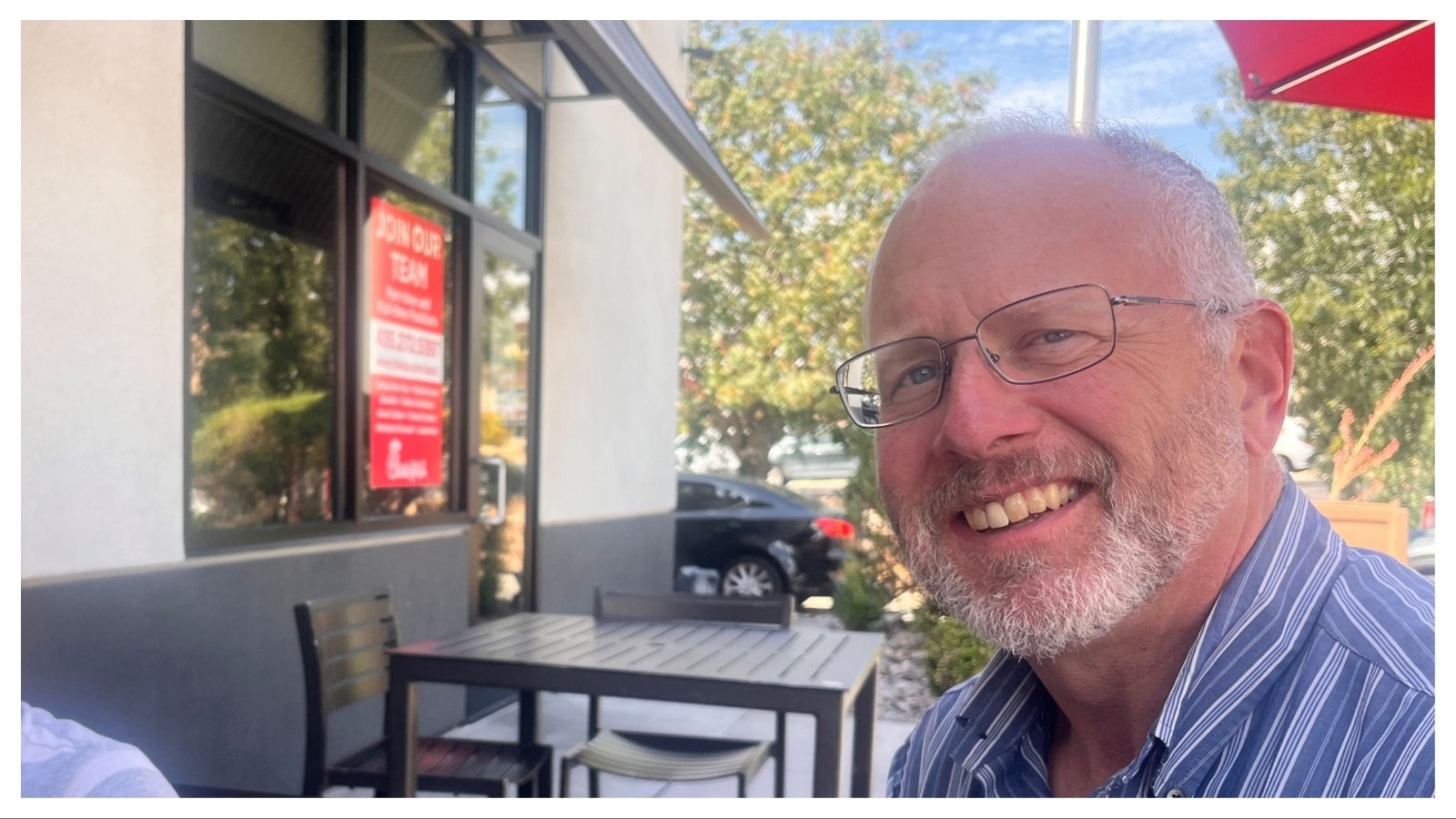When Janelle Malony takes to the stage on Thursday in Douglas and Casper to talk about her historical research, visitors are in for a true history lesson.
Molony is a 3rd great granddaughter of Sarah Jane Rousseau. She has transcribed Rousseau’s pioneer emigrant journal and by studying it and other documents has pieced together a unique story in Wyoming trail history. Her emigrant pioneer family survived the Platte River Raid of 1864, while traveling through Eastern Wyoming in company with the families of Wyatt Earp and pre-Civil War abolitionist John Brown.
Moloney’s book Emigrant Trails of the Platte River Raids has already won awards and was recently named winner in Scholarly Fiction for the WILLA Award from Women Writing the West. That award will be announced at the 30th annual Convention in Denver in October.
She will be speaking and signing the book at the Wyoming Pioneer Memorial Museum in Douglas, on the Wyoming State Fairgrounds, at 1:30 p.m. Thursday.
With Kylie Louise McCormick, who wrote the foreword for the book, Janelle also will present “By Fry Pan or Paper Trail” at the Natrona County Library in Casper, at 6 p.m. Thursday. Their talk will highlight the experiences of women emigrant travelers who survived the Platte River Raids.
A special guest participating in the discussion will be Barbara Romine a descendant of Mary Hurley Kelly, who was buried along the trail near Little Box Elder Creek. (See more about Mary Kelly and the attack on her family here.
During the Summer of 1864, the refugee family of Pre-Civil War Abolitionist and Underground Railroad Conductor John Brown was fleeing persecution in upstate New York.
The culmination of Brown’s radicalism, as seen in the 1858 Missouri Raids, his involvement in launching the 1859 Bleeding Kansas Era, and the Siege on Harpers Ferry in West Virginia, had ruined the family reputation.
After being tried and punished for treason, Brown’s son Salmon and widow Mary were unable to find enough work in New York to support themselves and their children.
In response, Salmon launched a westward journey across the Great Plains to their hopeful destination in northern California.
While in Wyoming (then still part of Idaho Territory) the “New York Train,” as the Browns were called, camped with the Pella Company from Iowa on multiple occasions. One campsite was in the Glendo area.
Proof of various interactions can be found in the 1864 Diary of Mrs. Sarah Jane Rousseau, which Molony has now transcribed and published. But, perhaps the most compelling inclusion of all is found inside the back cover pages where the diarist sketched an image of twelve covered wagons circled together for an evening camp.
“Only nine vehicles belonged to those in the Pella Company,” Molony claims. The other prairie schooners are for Salmon and Abbie Brown, John Brown’s widow Mary, and his three daughters Annie, Sarah, and Ellen, who were identified clearly in another diarist’s account, Martha Roe, who connected with them on July 8.
Rousseau’s diary entry from July 9 reads: “We came up with a train we had been in company with before … the New York train we had got acquainted with some time back. They told us they had bene laying over as they had found good grass, and plenty of it … so here we have camped while the stock are enjoying their bountiful repast.”
Knowing that such a claim and its significance to U.S. History would be subjected to intense scrutiny, Molony presented the discovery to a team of professionals most qualified to evaluate the evidence.
She first enlisted the help of Nicholas R. Cataldo, the current President of the San Bernardino Historical Society.
Cataldo had studied the contents of the Rousseau diary for at least forty years, when it was with a prior relative. In early papers he’d written on the contents, he called the diary one of “the most dramatic pioneer exploits of all.”
Cataldo originally studied the biographical material Sarah Rousseau provided of the legendary Earp family who settled in California.
He has since produced the nonfiction, The Earp Clan: Southern California Years (2006, Back Roads Press), and is now working on a biography of Wyatt Earp’s father, Nicholas. Cataldo photographed the original item and has recently stated that the descriptions Sarah provides for her whereabouts “are consistent and trustworthy,” including every detail in the sketch.
Molony, who had done extensive work to pinpoint relationships between trail diarists of 1864 for her nonfiction, Emigrant Tales of the Platte River Raids, had already narrowed down a possible location of the sketch to an area in Glendo, but because of her physical distance to the subject, this conclusion needed to pass local examination.
She presented her findings to Wyoming Cowboy Hall of Fame Cowboy Larry Cundall, of the historic Cundall Ranch in Glendo. Cundall is a former recipient of the L.C. Bishop’s award from the Wyoming Historical Society for his Oregon/Mormon/California Trail preservation efforts.
His family homesteaded on land that included wagon wheel ruts, picturesque hills, and refreshing springs that have appeared in countless trail diaries… including Rousseau’s.
In his sixty-plus years of exploring the land, including personally walking the trails and studying old maps, he was fascinated by that such a claim could be true.
After seeing the evidence and retracing the steps of the Pella Company and other wagon trains associated with the Browns, and by comparing his notes with the owners of the private land it is found on, he has identified the area shown in the campsite sketch.
He told Molony, “Rousseau’s diary sketch… is a compelling depiction of the terrain and landscape found with a 4-mile radius from the head of Sawmill Canyon.”
Molony is distributing the research findings to university libraries and historical archives with a specific connection to the story. Evidence for the 1864 John Brown Family Camp Corral Sketch (with diary excerpts, maps, satellite images and more) will soon be available at the Platte and Converse County Libraries. Learn more at JanelleMolony.com/JohnBrownCampSketch.
Will Bagley, a longtime friend of mine, and one of the preeminent historians of the emigrant trail era, once told me historians need to build upon each other’s blocks of research. Will always willingly shared his own research.
Now Janelle Molony is sharing hers, not only in her books, but with libraries and archival institutions. I commend her for her work, and for the way she is helping writers and historians who follow her down the trail.
In addition to her writing, Janelle is the chair of the Wyoming State Historical Society Oral History Committee.
Candy Moulton can be reached at: Candy.L.Moulton@gmail.com





